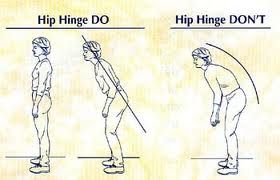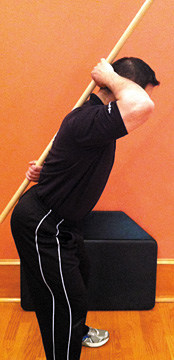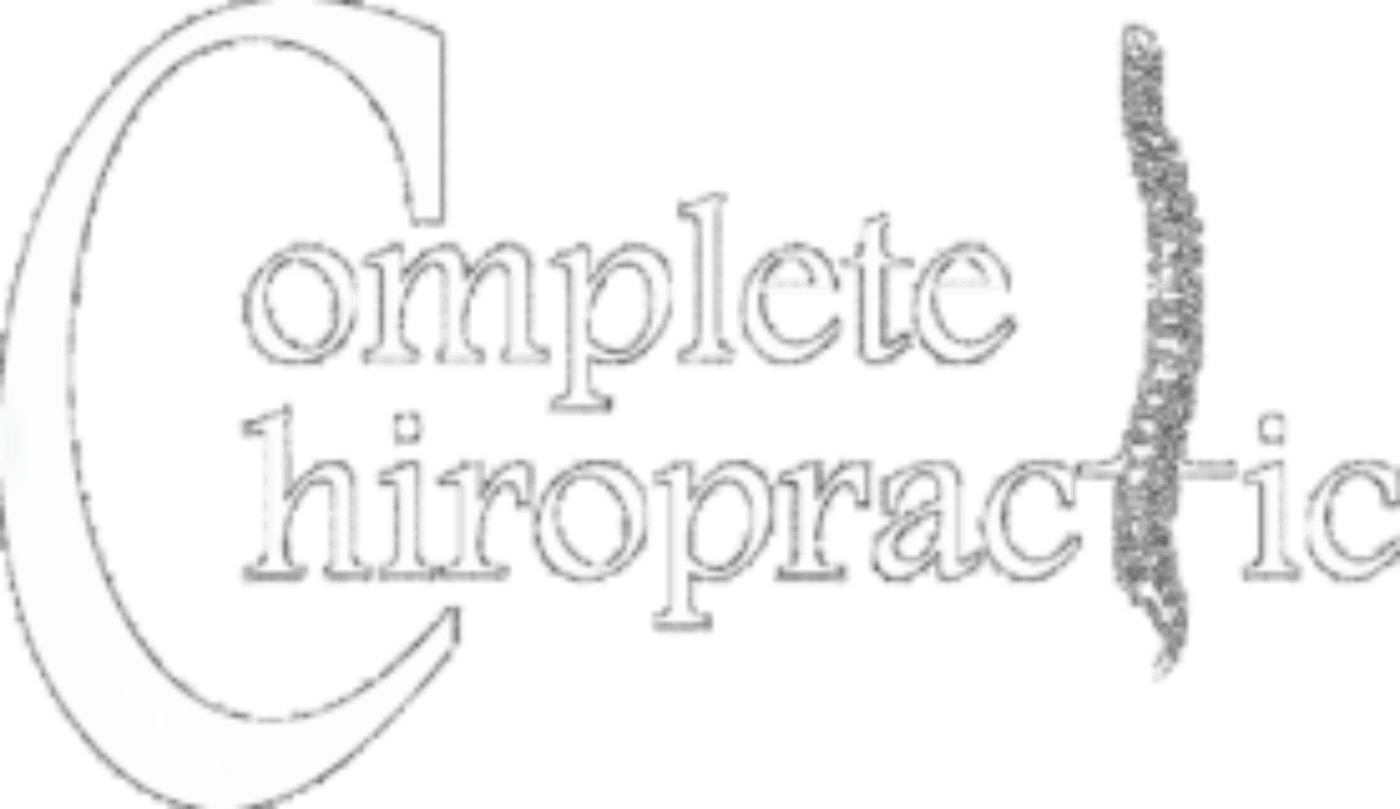Whether you are an athlete or just someone with back pain, the hip hinge is an exercise you should be doing.
We have all heard the phrase “Lift with your legs and not with your back.”, this is easier said that done. Most people make the hinge point in the low back and not the hips. This puts too much stress on the low back and can lead to injury. 
As children we knew the pattern but for various reasons we lost it. My personal opinion is it is because we sit too much. Sitting deactivates the core and by sitting and having pressure on the glutes that deactivates them as well.
However just strengthening the core (I am not a big fan of sit-ups, but rather planks and ball rollouts, but this is for another time.), and the glutes ( I like Cook’s hip lift) does not fix the problem. They do need to be strong, but you also have to reteach your body movement patterns.
Get our Back pain prevention E -book located here.
Your nervous system controls muscle firing sequence and movement patterns. Think of riding a bike, you do not have to remember all the different muscle firing sequences. The nervous system has it memorized.
Having a faulty pattern memorized takes longer than no pattern at all. The nervous system fights you by going back to the memorized faulty pattern.
To change a pattern easier, you need some sort of way to make sure you are aware of the faulty or correct pattern. This leads us to the hip hinge with dowel (a broom handle works great).
T he following was taken from Dynamic Chiropractic – July 1, 2012, Vol. 30, Issue 14
he following was taken from Dynamic Chiropractic – July 1, 2012, Vol. 30, Issue 14
Reprogramming Movement Efficiency: The Dowel-Assisted Hip
Hinge for LBP
By Perry Nickelston, DC, FMS, SFMA
How to Perform the Dowel-Rod-Assisted Hip Hinge
- Stand with feet shoulder-width apart and a dowel running along the spine. One hand should be holding the dowel on the neck while the other hand holds the opposite end on the low back. (Alternate hand positions between sets.)
- Flex forward at the hip with slight knee bend. The dowel must remain in contact with the head, thoracic spine, and sacrum.
- Stretch should be felt in the hamstrings. Stop movement as soon as the rod leaves contact with head, thoracic spine or sacrum.
- Assistance may be added to “regress” the movement by placing a 1-2-inch block under the heels. This forces forward weight shift of the body so the client must sit back into the hips to prevent falling.
The purpose here is not to build strength and go to fatigue, it is to retrain the pattern. Here frequency is needed. For those that are golfer, going out once a year is not going to improve your swing. You need to go often to change the muscle pattern. Doing it daily to change the pattern is recommended.
For more information please feel free to contact us @ 610-841-2204 or visit our website www.completechirocenter.com
